
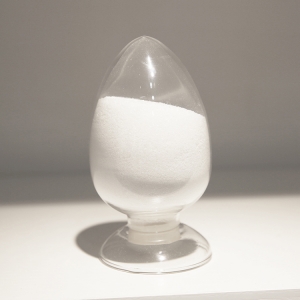
Name: paracetamol CAS No.: 103-90-2 Appearance: Colorless crystalline powder Molecular formula: C8H9NO2 Molecular Weight: 151.163 Melting point:168°C-172℃ PACKAGE:25KGS/BAG
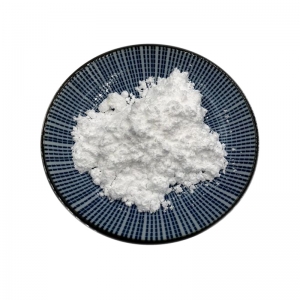
Name:Vitamin B1, Thiamine hydrochloride, Vitamin HCL Appearance: white or faintly yellow, crystalline powder CAS No.:50-81-7 Standard:BP2018/EP9.2 Molecular formula: C12H17ClN4OS·HCl
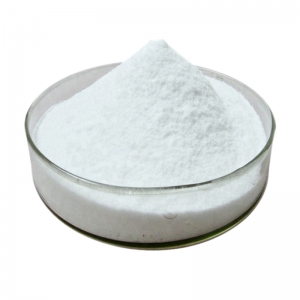
Name: Paracetamol CAS No.: 103-90-2 Appearance: White crystal powder Molecular formula: C8H9NO2 Molecular Weight: 151.1649 Density: 1.293 g/cm3 Melting point: 168-172℃ Water solubility: 14 g/L (20℃) Water solubility: 14 g/L (20 ºC)
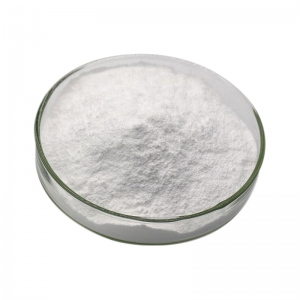
Name: Vitamin C, L-Ascorbic acid Specfication: 35% feed grade CAS No.: 50-81-7 Molecular formula: C6H8O6 Appearance: A almost white or light yellow powder Usage: Animal Feed Additive
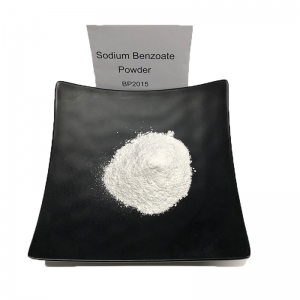
Name: Sodium Benzoate CAS No.: 532-32-1 EINECS No:208-534-8 Appearance:White granules or crystalline powder Molecular formula: C7H5NaO2 Molecular Weight: 144.1032 Density: 1.44 g/cm³ Melting point: 300℃ Boiling point: 249.3°C at 760 mmHg Flash point: 111.4°C Water solubility: soluble Vapor Pressure: 0.0122mmHg at 25°C
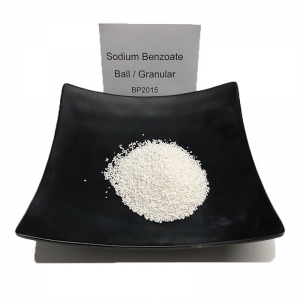
Anhui Sinotech company strictly select GMP products, support customer registration , and provide professional services to chemical customers in the global market.Purchase Sodium Benzoate Ball/Granular CAS NO.:532-32-1,inquiry Anhui Sinotech . Name: Sodium Benzoate Ball/Granular CAS No.: 532-32-1 Molecular formula: C7H5NaO2 Molecular Weight: 144.1032 Melting point: >300°C Boiling point: 249.3°C at 760 mmHg Density:1,44 g/cm3 Molecular structure: Description: Sodium benzoate balls/granules CAS NO.: 532-32-1, is an organic substance. It is white particles. Odorless or slightly benzoin smell. It has a slightly sweet and astringent taste. It is stable in the air, easily soluble in water, and soluble in ethanol, glycerol and methanol. After entering the body, sodium benzoate undergoes a biotransformation process and is excreted with urine without accumulating in the body. As long as it is within the normal dosage range, it is harmless to t...
Dear all, We would like to inform you that our company will be observing the Labor Day holiday from May 1st to May 5th. During this period, our office will be closed as our team takes a well-deserved ...
CMC is usually an anionic polymer compound produced by the reaction of natural cellulose with caustic soda and monochloroacetic acid, with molecular weights ranging from several thousand to one million.
Structural characteristics of CMC
CMC is a white or slightly yellow powder, granular or fibrous solid, a macromolecular chemical substance that can absorb water and expand. When it swells in water, it can form a transparent viscous adhesive, and the pH value of the water suspension is 6.5-8.5. This substance is insoluble in organic solvents such as ethanol, ether, acetone, and chloroform.
Solid CMC is relatively stable to light and room temperature, and can be stored for a long time in a dry environment. CMC is a kind of cellulose ether, which is usually made from short cotton wool (up to 98% cellulose) or wood pulp, treated with sodium hydroxide, and then reacted with Sodium chloroacetate. The molecular weight of the compound is 6400 (± 1000). There are usually two preparation methods: coal water method and solvent method. Other plant fibers are also used to prepare CMC.
Functional characteristics and applications
CMC is not only a good emulsifying stabilizer and thickener in food applications, but also has excellent freezing and melting stability, and can improve the flavor of products and extend storage time.
In 1974, the Food and Agriculture Organization of the United Nations (FAO) and the World Health Organization (WHO) approved the use of pure CMC in food after rigorous biological and toxicological research and testing. The international standard safe intake (ADI) is 25mg/kg body weight/day.
Thickening and emulsification stability
Eating CMC can emulsify and stabilize beverages containing oil and protein. This is because CMC dissolves in water and becomes a transparent stable colloid. Protein particles become particles with the same charge under the protection of the colloid film, which can keep the protein particles in a stable state. It also has a certain emulsification effect, so it can also reduce the surface tension between fat and water, making fat fully emulsified.
CMC can improve the stability of the product, because when the pH value of the product deviates from the Isoelectric point of the protein, Carboxymethyl cellulose sodium can form a composite structure with the protein, which can improve the stability of the product.
Increase swelling degree
The use of CMC in ice cream can increase the swelling degree, improve the melting speed, give good shape and taste, and control the size and growth of ice crystals during transportation and storage. The dosage is added at a ratio of 0.5% of the total amount.
This is because CMC has good water retention and dispersibility, organically combining protein particles, fat globules, and water molecules in the colloid to form a uniform and stable system.
Hydrophilicity and rehydration
The functional properties of CMC are generally used in bread production, which can make the honeycomb uniform, increase its volume, reduce slag loss, and also have the effect of insulation and preservation; The noodles added with CMC have good water retention, good cooking resistance, and good taste.
This is determined by the molecular structure of CMC, which is a cellulose derivative. There are a large number of hydrophilic groups in the molecular chain: - OH group, - COONa group, so CMC has better hydrophilicity and water retention than cellulose.
Gel
Thixotropy CMC means that macromolecular chains have a certain amount of interaction and tend to form a three-dimensional structure. After the three-dimensional structure is formed, the solution viscosity performance increases, and after the three-dimensional structure is broken, the viscosity performance decreases. Thixotropic phenomenon is that the change of apparent viscosity depends on time.
CMC with Thixotropy property plays an important role in gelling system, and can be used to make jelly, jam and other foods.
It can be used as clarifying agent and foam stabilizer to increase taste
CMC can be used in the production of alcoholic beverages, making the taste more mellow, rich, and long-lasting; It can be used as foam stabilizer in beer production to enrich and prolong foam and improve taste.
CMC is a kind of Polyelectrolyte, which may participate in various reactions to maintain the wine body balance in wine. At the same time, it combines with the formed crystal, changes the crystal structure, changes the existing conditions of crystal in wine, and causes the precipitation of precipitates.
 online service
online service +8613866722531
+8613866722531 pweiping@techemi.com
pweiping@techemi.com pweiping
pweiping +8613866722531
+8613866722531